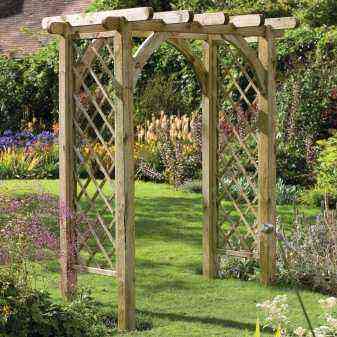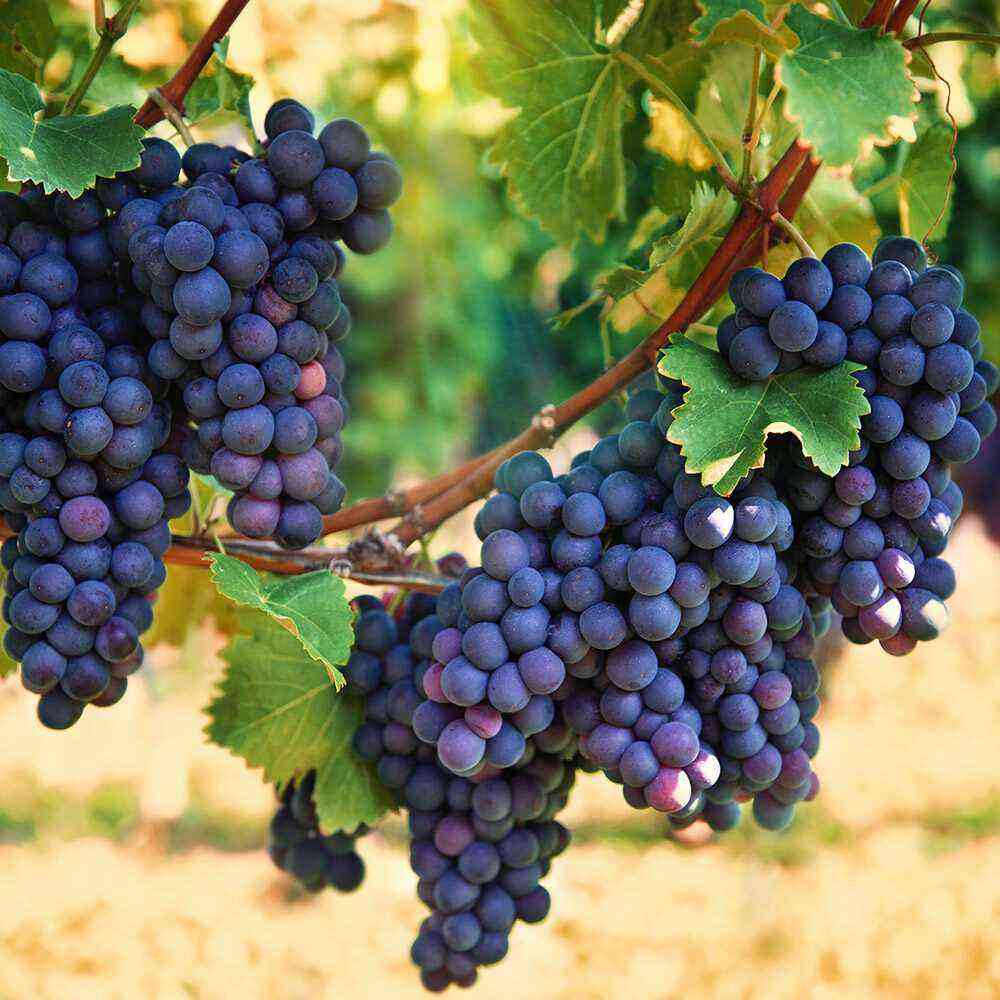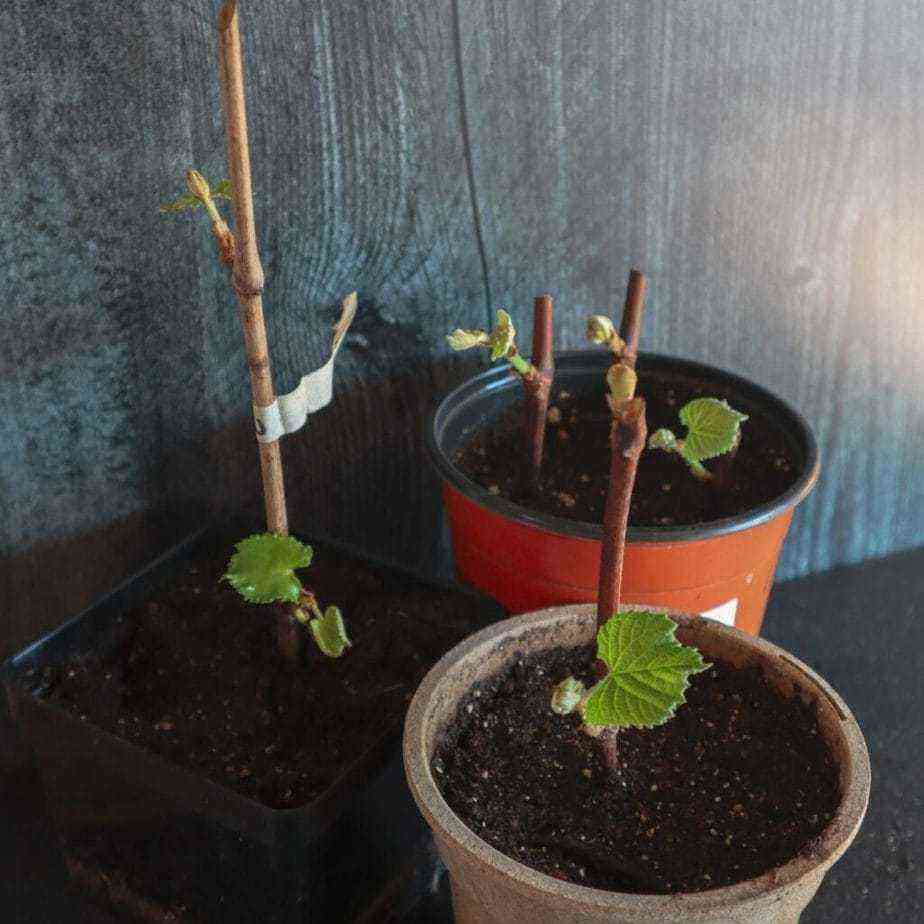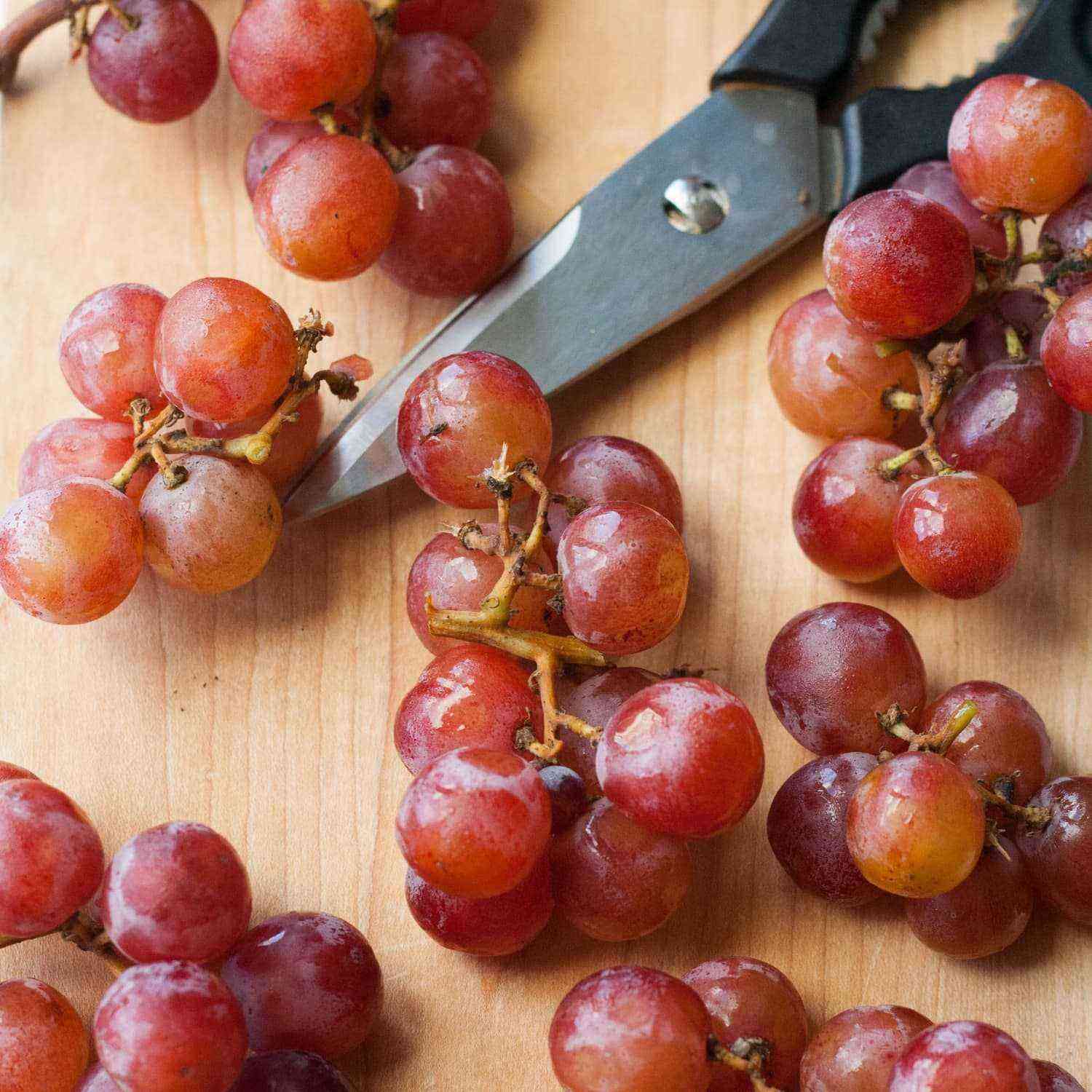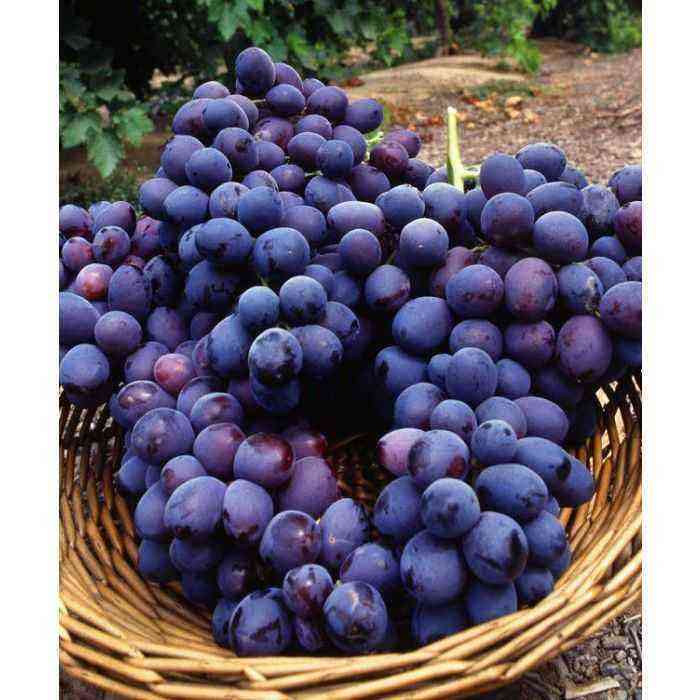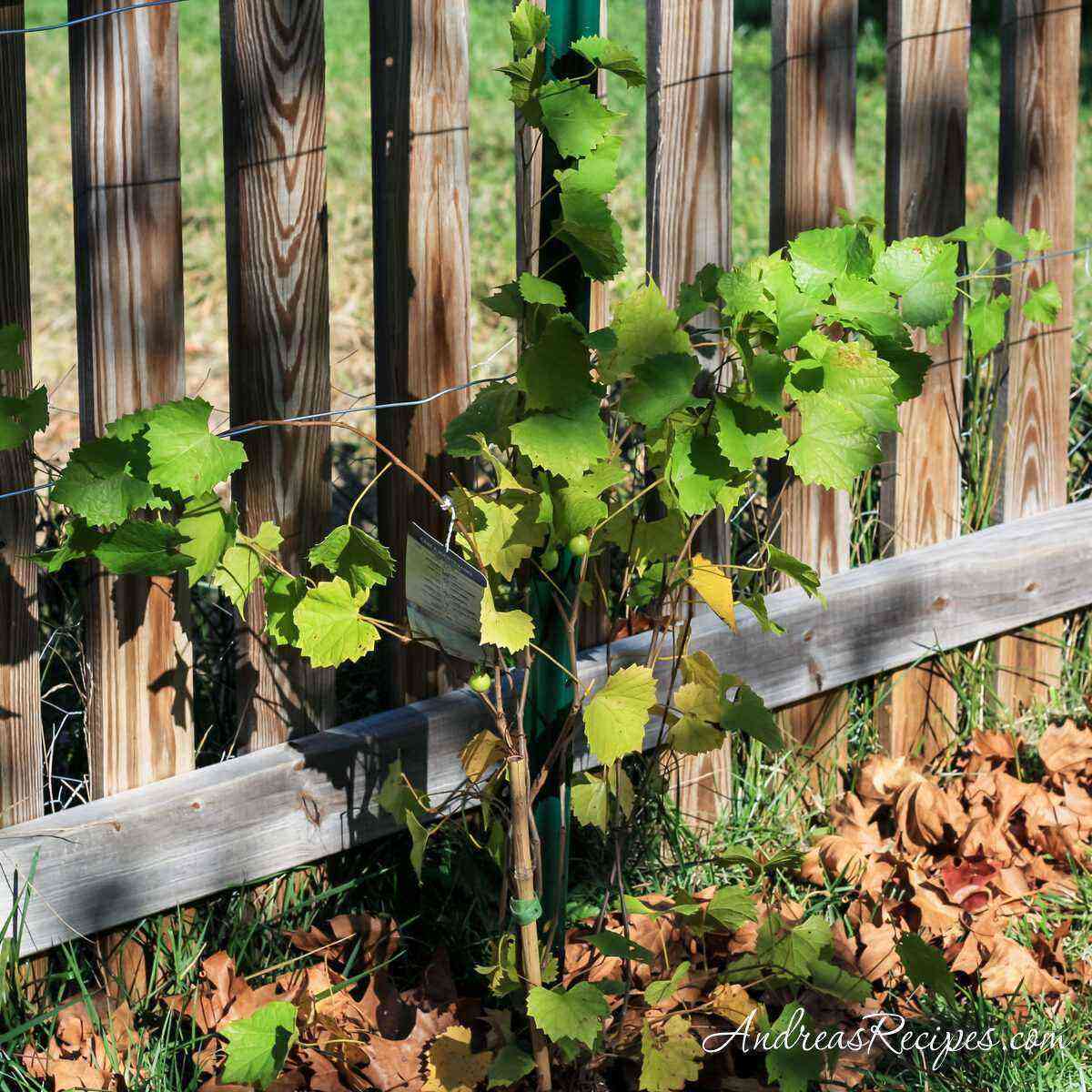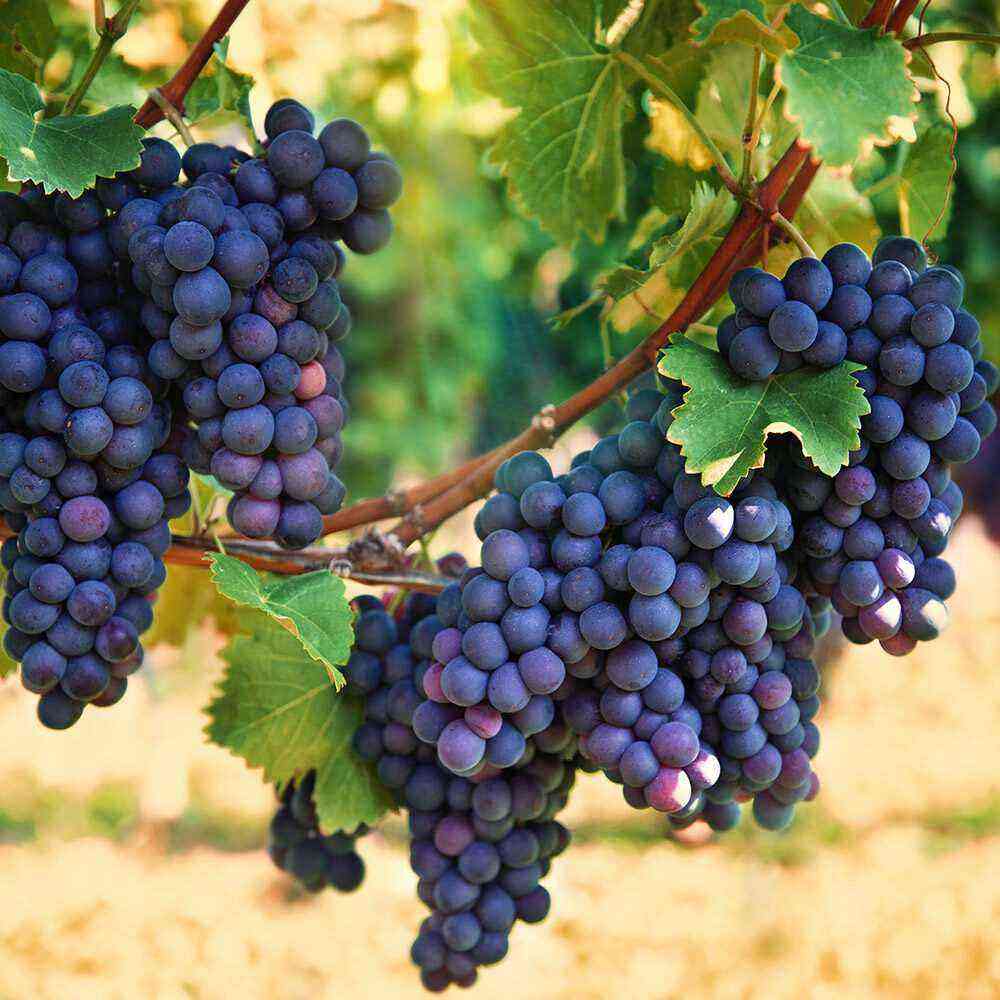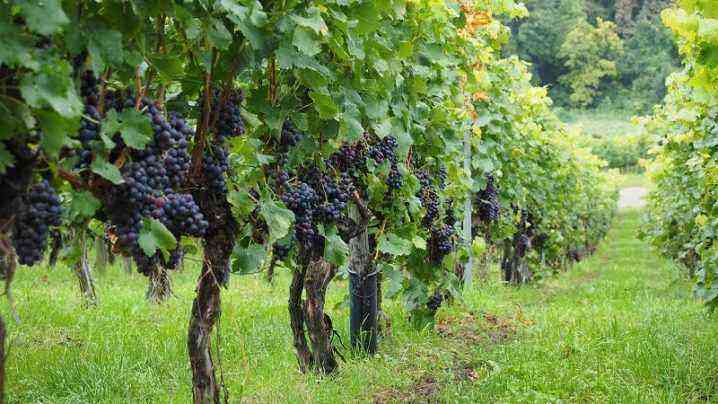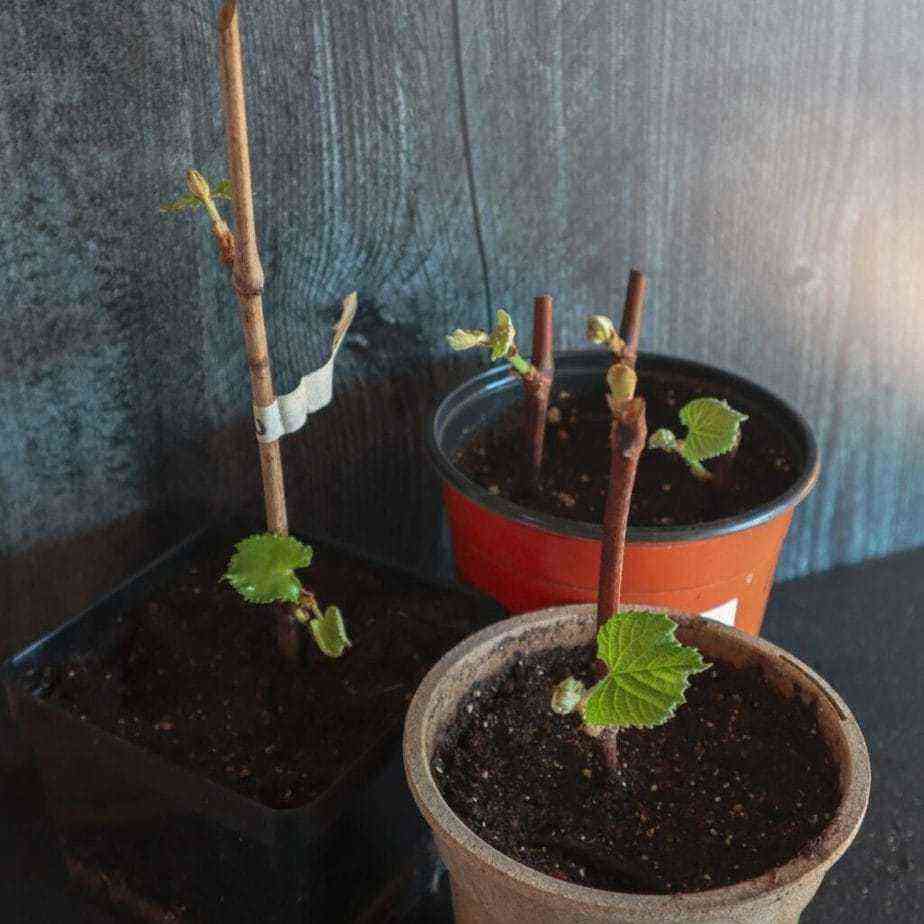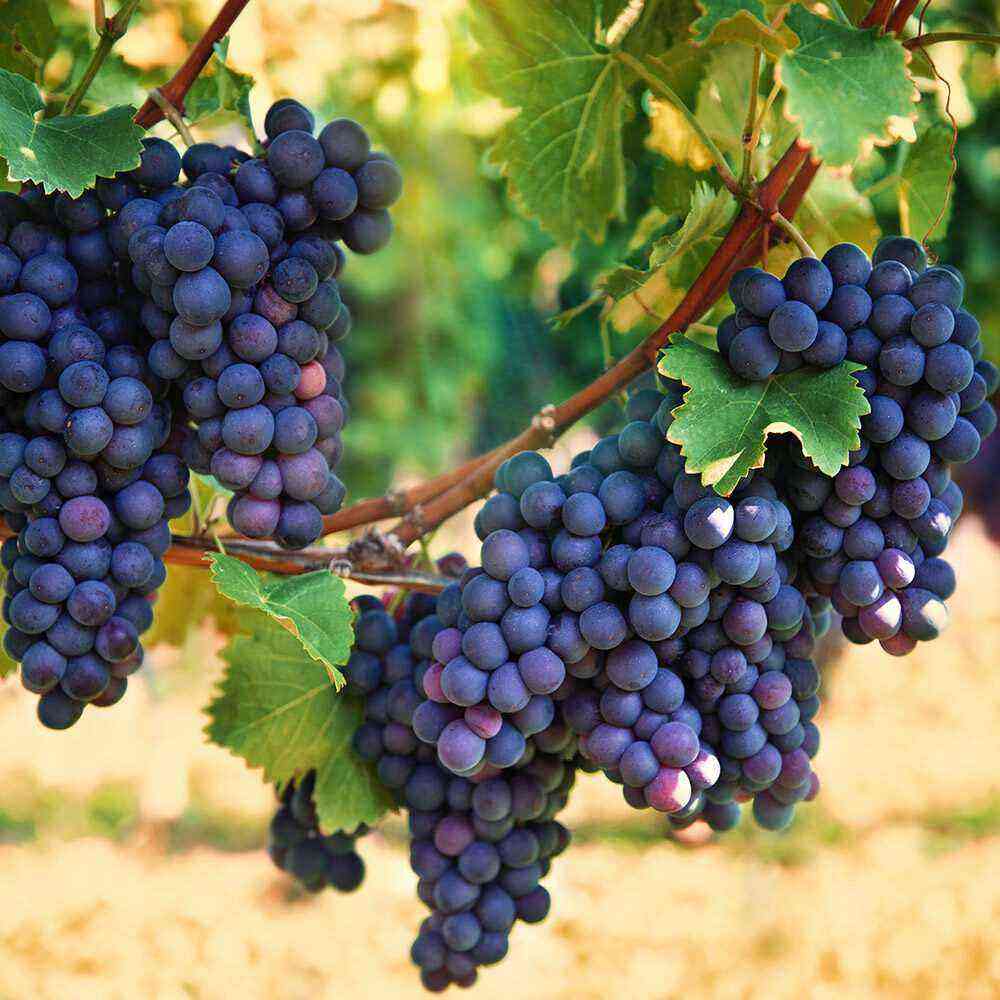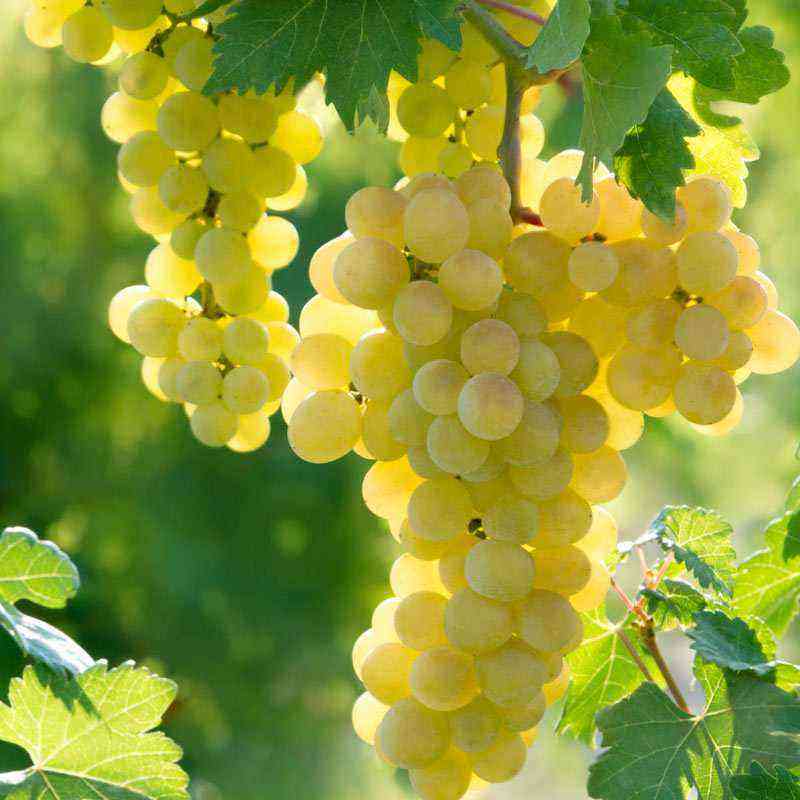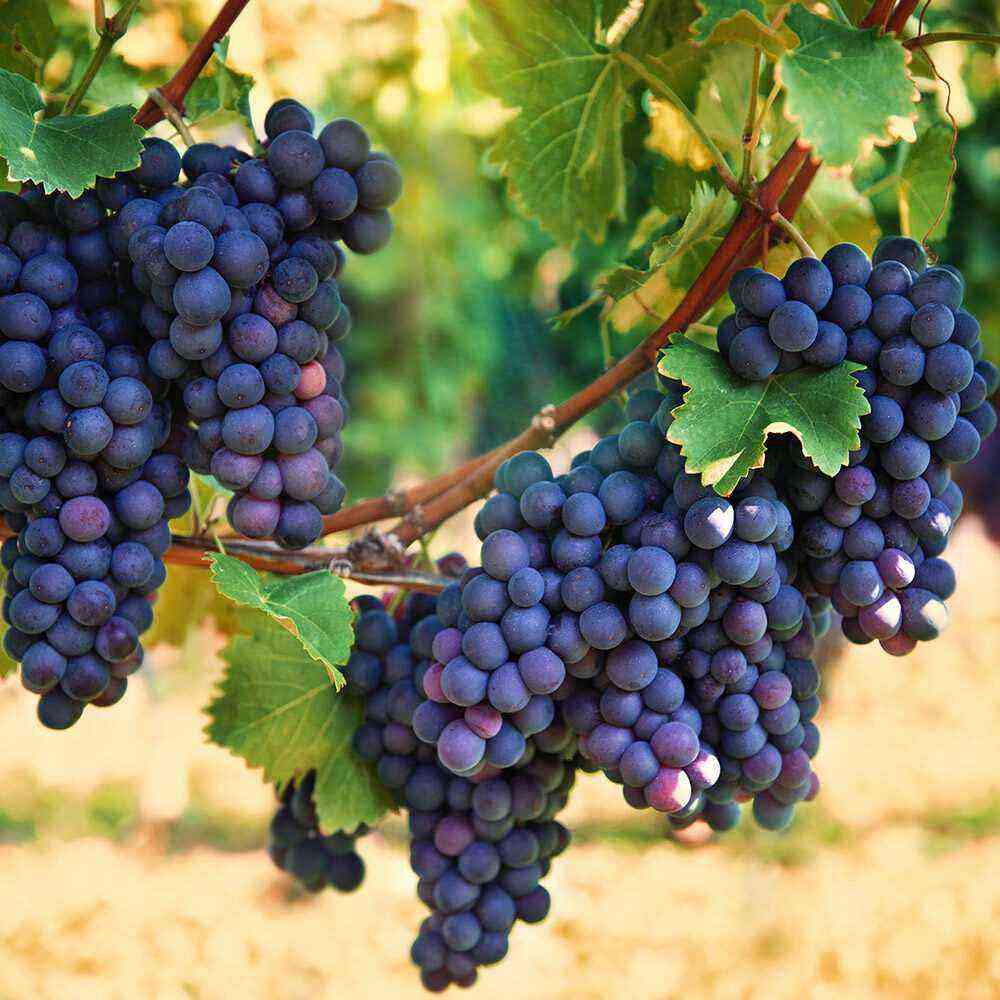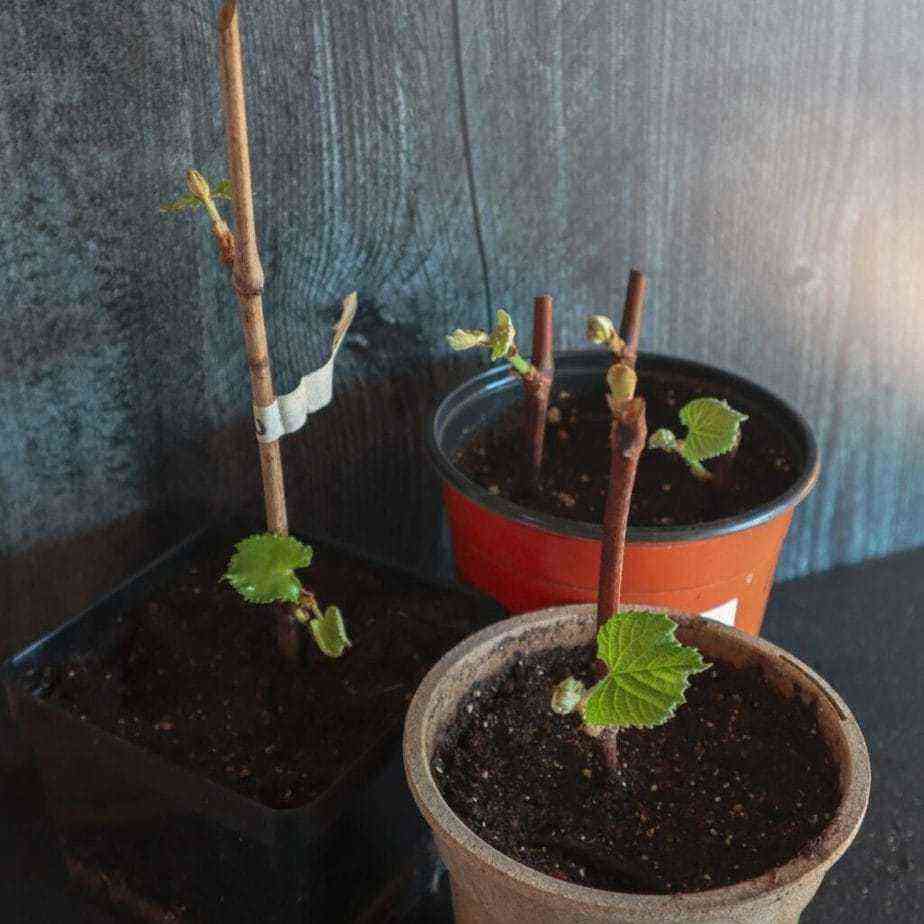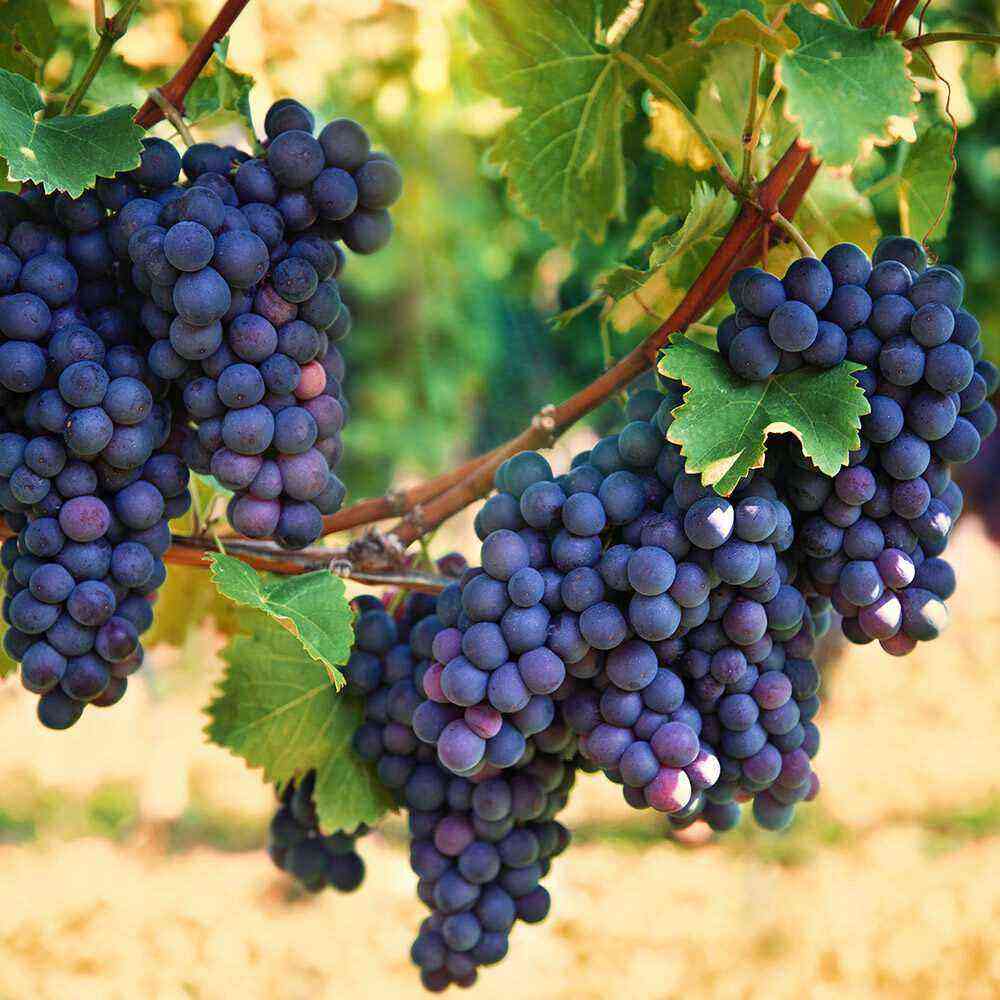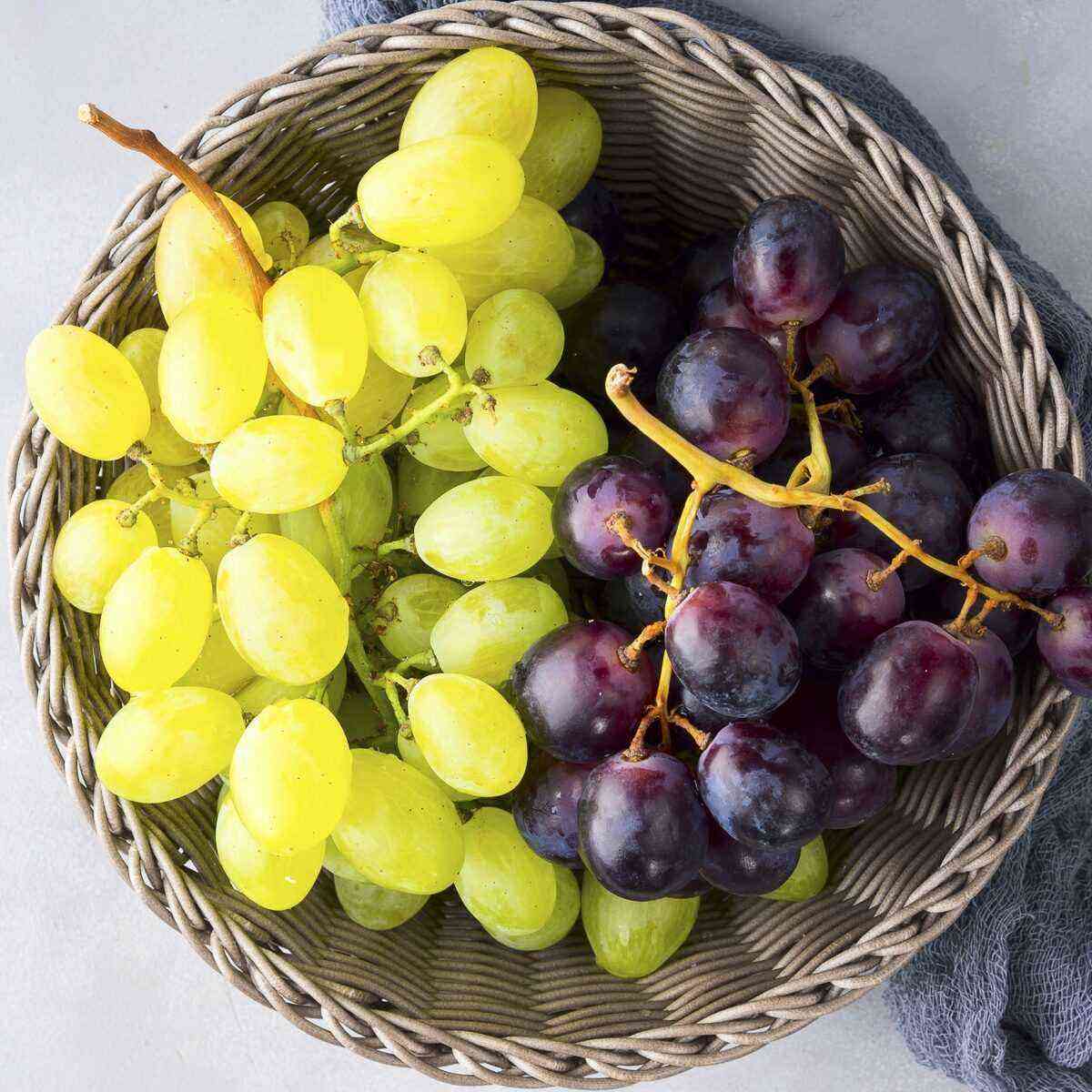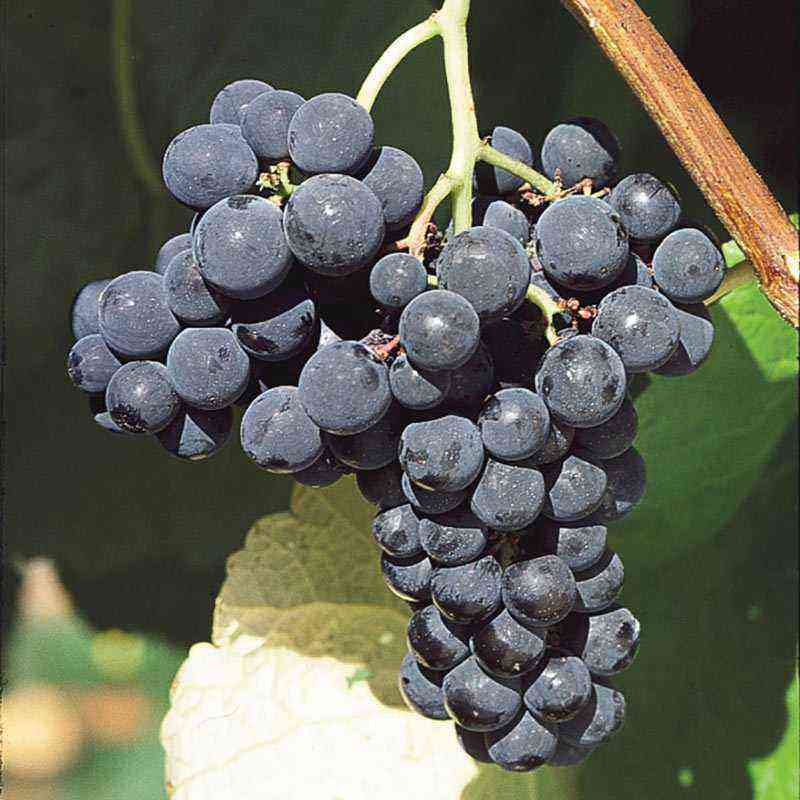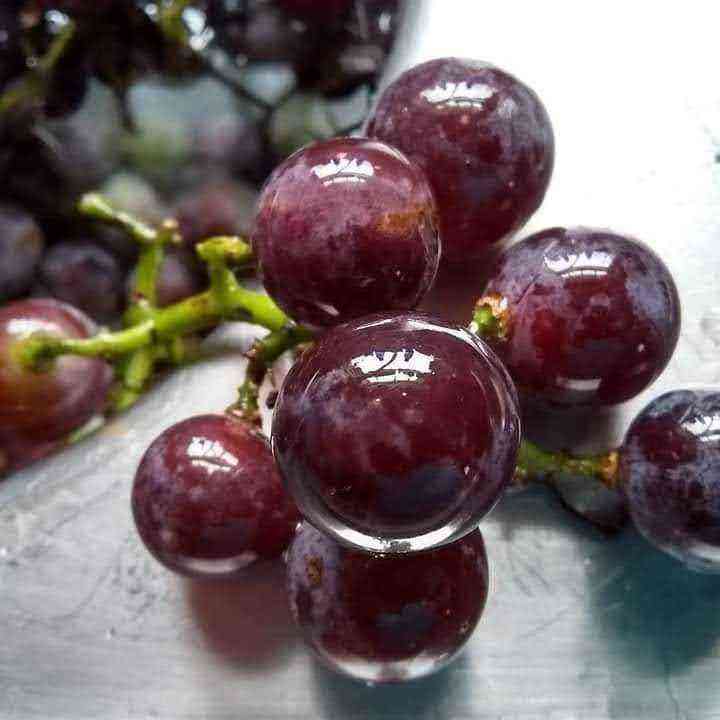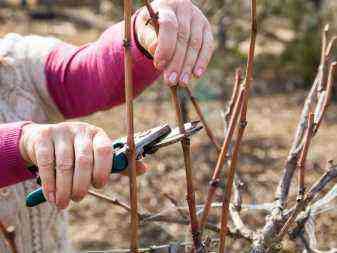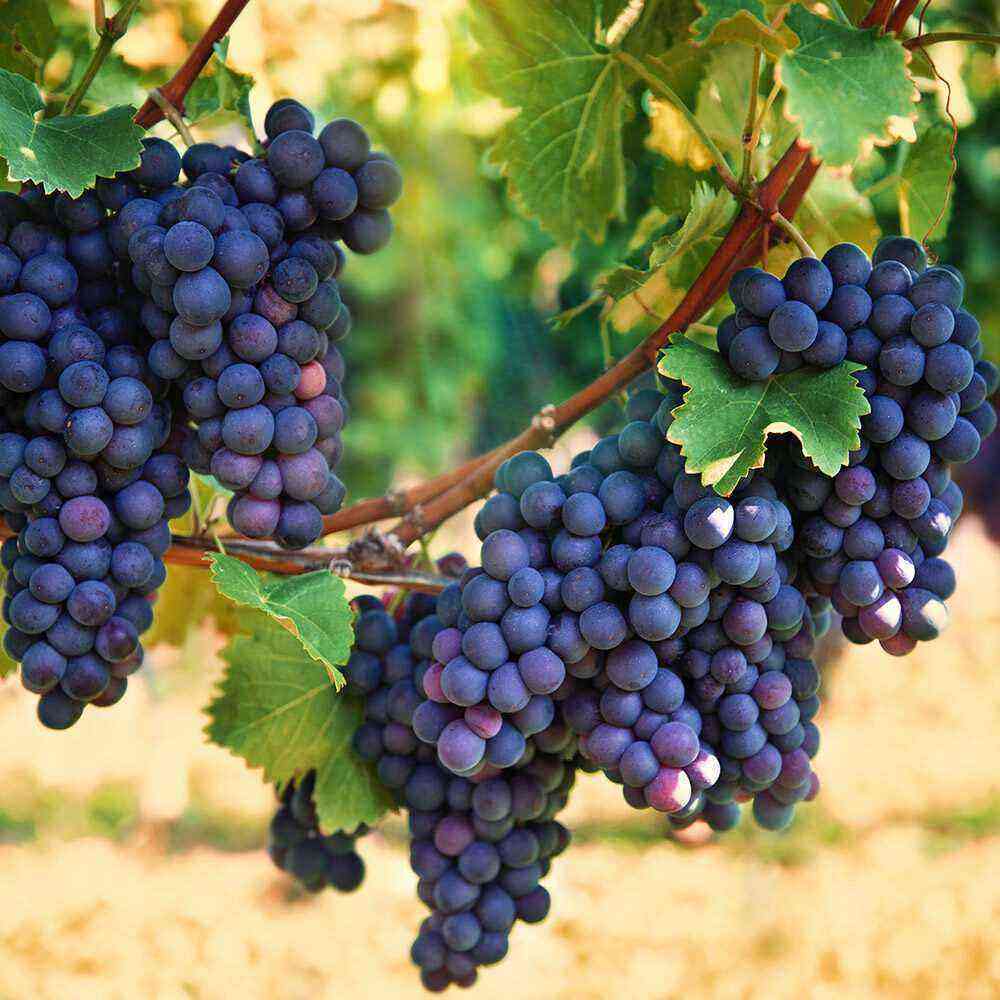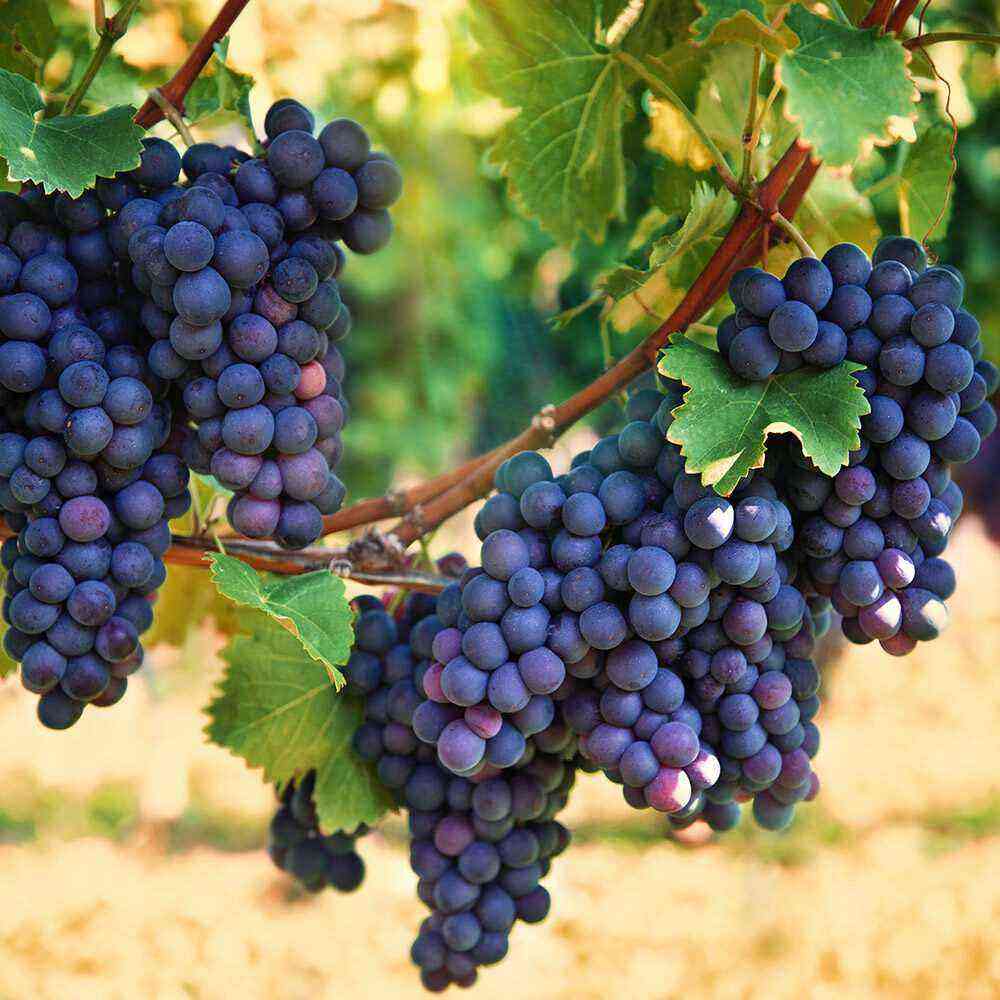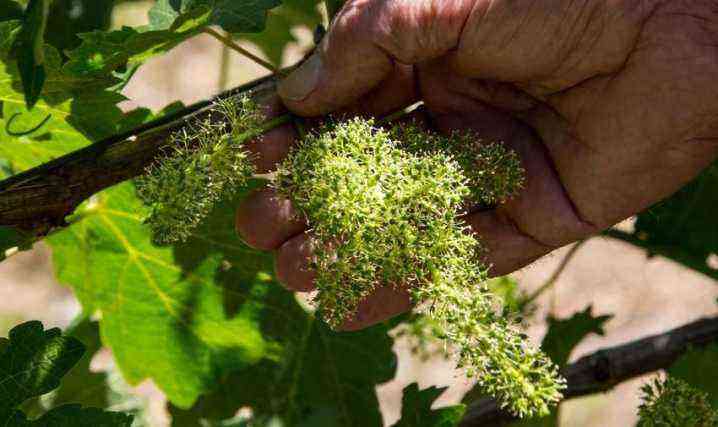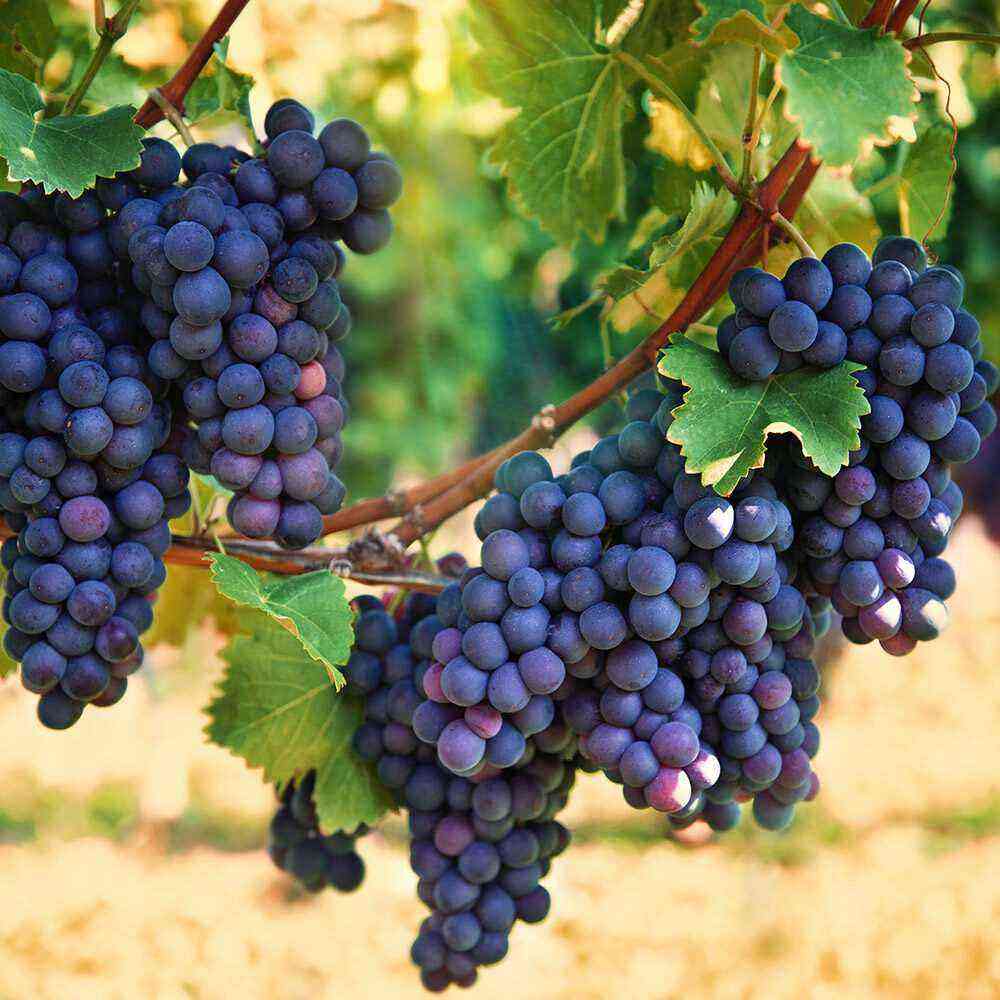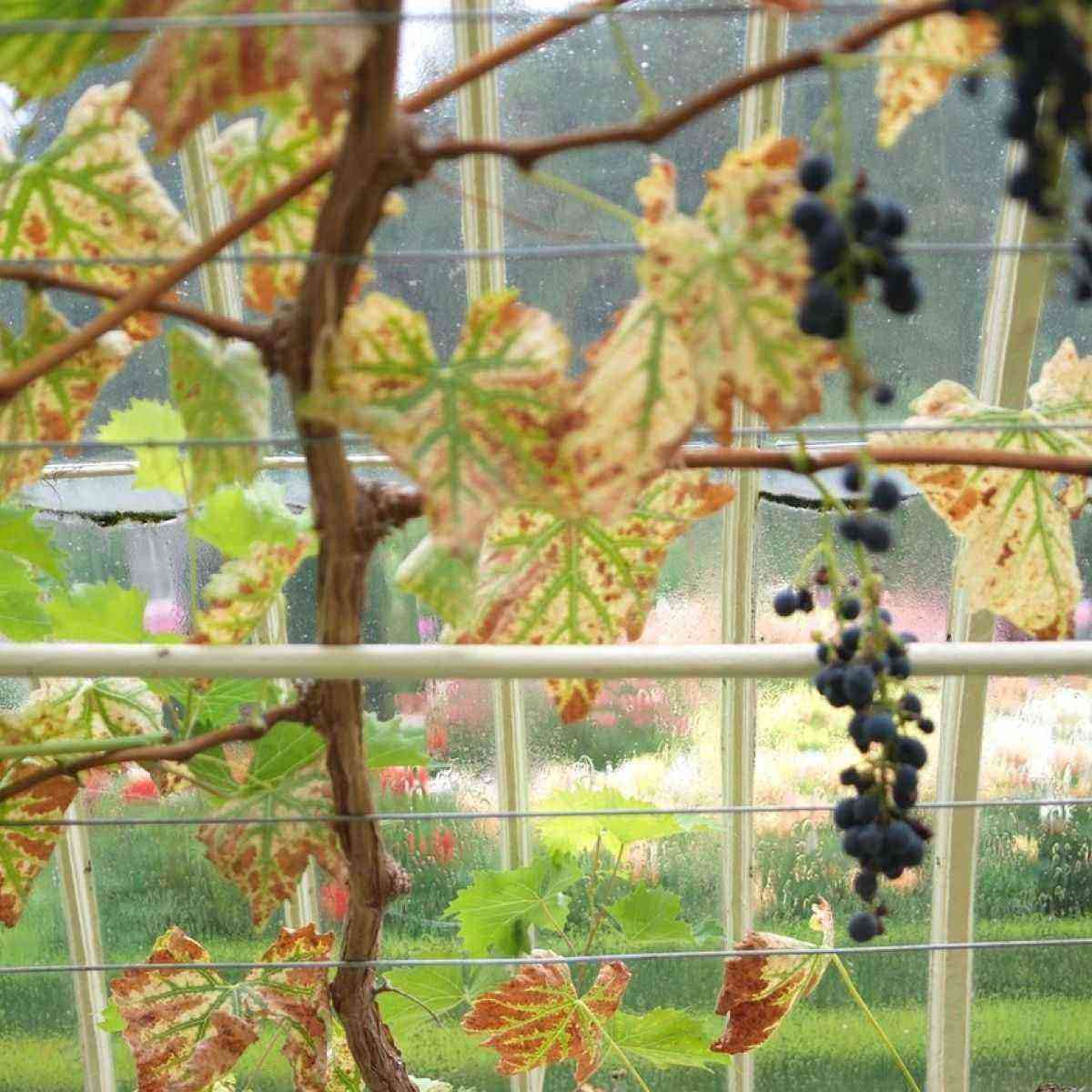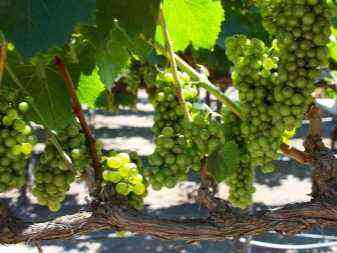Girlish grapes – this is the name of the Asian liana from the Vinogradov family. This species is ornamental and its fruits are inedible. The plant is common in North America, but some frost-resistant varieties of it are successfully grown even in the climatic conditions of Siberia. Liana is used as an ornamental plant, decorating the facades of buildings or as a hedge. Girlish grapes are not demanding in care and are not prone to disease.
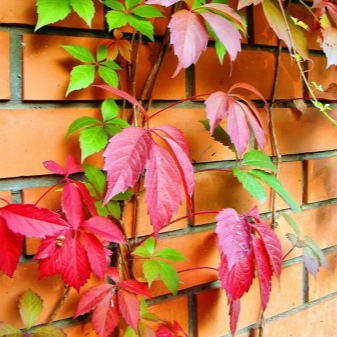

Species overview
The decorative liana has more than a dozen varieties, but only a few of them are frost-resistant. Girlish grapes growing in Siberia have winter hardiness, such properties are inherent in 3 types:
Triostrenny
This species is originally from Japan, it can withstand slight frosts and can die during severe winters. It got its name because of the shape of the leaves, consisting of 3 parts in the form of blades. In the autumn it forms inedible fruits of a dark blue color.
There are 3 varietal varieties of triostreny girlish grapes:
- purple – the leaf plate has a rich purple color;
- golden – the green leaf has golden veins;
- Vicha – has a strong branching, due to which the shoots form a dense continuous cover of leaves.
Attached
The homeland of this species is America, the plant is fast-growing, the leaves are complex, serrated, oval, have from 3 to 5 segments. In early spring, the color of the bark of the shoots is green, and by autumn it changes to a yellowish-gray color.

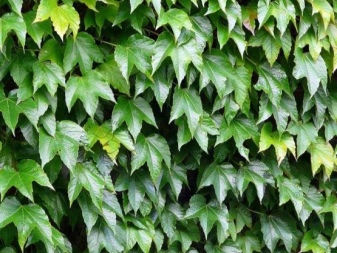
five leaf
Liana, reaching 10-12 m, has serrate pinnate leaves, consisting of 5 segments. The size of the leaves is 25-28 cm. The stems in the spring have a reddish or dark yellow tint, the berries are inedible, have a blue color. There are 3 types of five-leafed Girlish grapes suitable for growing in Siberia:
- Engelman – a feature of the variety is its small leaves;
- Star Schauers – the color of the emerald foliage also contains whitish spots, at the end of summer they acquire a pink tint, and in the fall the leaf plate becomes red with pinkish spots;
- wall grade – has well-developed antennae and suckers for clinging to vertical surfaces.
Girlish grapes are valued for their highly decorative properties and rapid growth. Under favorable conditions, the plant can fill any vertical space, reaching up to the 5th floor and above.
Features of landing
Liana can be planted in autumn or mid-spring. Before planting the cuttings, the soil must be loosened. Most often, the plant is planted in a planting hole 50 cm deep, on the bottom of which crushed stone is laid with a layer of 15 cm, and then a substrate of fertile soil from humus, turf, and sand is poured. For planting, seedlings are taken up to 2 years of age, the length of which by this moment is 1,5-2 m. If the tendrils of the plant have already braided the support, they cannot be torn off, since they will not be fixed again.
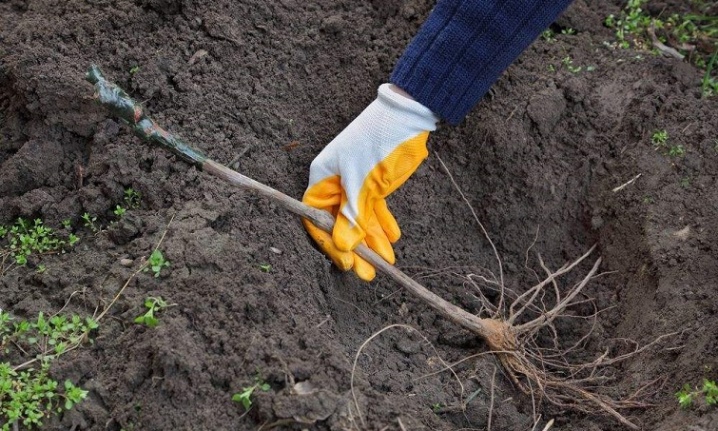
Ornamental grapes can be grown from seeds, do it in spring or summer. A feature of this planting is that the seeds are first placed in cold water and infused until swelling, and then transferred to a container with moistened sand. The container is left in the basement for 50-60 days at a temperature of +5ºC. Only after such stratification can the seeds be planted in the soil in a permanent place.
Such preparation is carried out at the end of winter so that the planting material is ready for planting in the spring. If planting is planned for autumn, then stratification consists only in soaking the seeds with cold water and holding them until they swell, which will take 3-4 days on average.


Secrets of care
Cultivation of girlish grapes does not require much effort, as this vine is hardy and unpretentious. It grows best in well-drained soils, but regular soil will do. The plant does well both in the sun and in the shade. Winterization is not required for frost-resistant varieties, but it is very important to ensure that the roots of the vine are not uncovered by the ground cover.
Ornamental grapes need regular pruning and crown formation. Watering is suitable for him in a moderate mode, fertilizers to stimulate growth can be applied in spring and autumn. During dry periods, the vine will need water irrigation, but at the same time, water should not be allowed to stagnate in the roots – this can lead to their decay.


Reproduction
Decorative liana is able to propagate by seeds, cuttings or layering.
- Growing girlish grapes from seeds is a laborious and long process. In early autumn, you need to collect ripe berries and dry them in the open air. Then the dried grapes are cut and seeds are taken out of them, washed in water and dried. The seeds are stored in paper bags for storage, and stratified before planting.
- Often the liana is propagated by cuttings. – from an adult plant, a cutting with several leaves is taken and a cut of the cutting is placed in water to a depth of 3-4 cm below the level of the first leaf. From time to time, the cutting should be sprayed with water, and then, when the roots appear, the planting material is transferred to the ground to a permanent place. Propagation by cuttings is carried out in late summer or early autumn.
- You can thicken the plantings of girlish grapes with the help of layering of the stems, without tearing them away from the mother plant. In spring, the layers are pressed to the soil, fixed and sprinkled with earth. All summer the shoot is irrigated with water and left to winter like this, and next spring the mother plant can be cut off, since a new plant with a root system has formed at the site of the layering. The shoot can be transplanted or left to grow in its place.
In the spring, transplantation is not carried out, because due to the active movement of the juice, the plant can be severely injured.
Diseases and pests
A disease-resistant ornamental plant can become infected with a fungus when the soil is waterlogged. When it is detected, watering is stopped, the affected areas are cut out, and the bush itself is treated with a fungicide solution. Liana is not genetically disposed to disease and is resistant to pest invasion, and if insect damage occurs, the plant is sprayed with an insecticide.
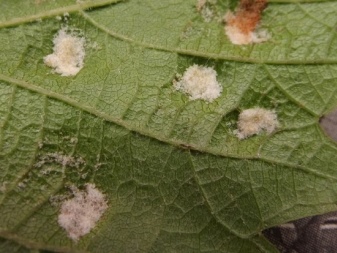
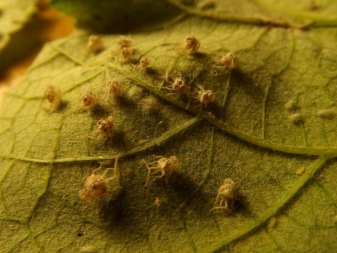
Use in landscape design
An ornamental plant is grown in gardens and parks, in household plots, in the yards of residential buildings. With the help of this creeper, the walls of buildings are decorated, verandas, balconies, gazebos are decorated with it, hedges, arches are made, picturesque shelters from the sun are built.
In the best way, the decorative properties of Maiden grapes appear in good sunlight. The color of the foliage of the plant depends on the level of illumination. So, in the shade, the foliage of the vine will have dark tones, and in the illuminated areas – brighter and lighter.
